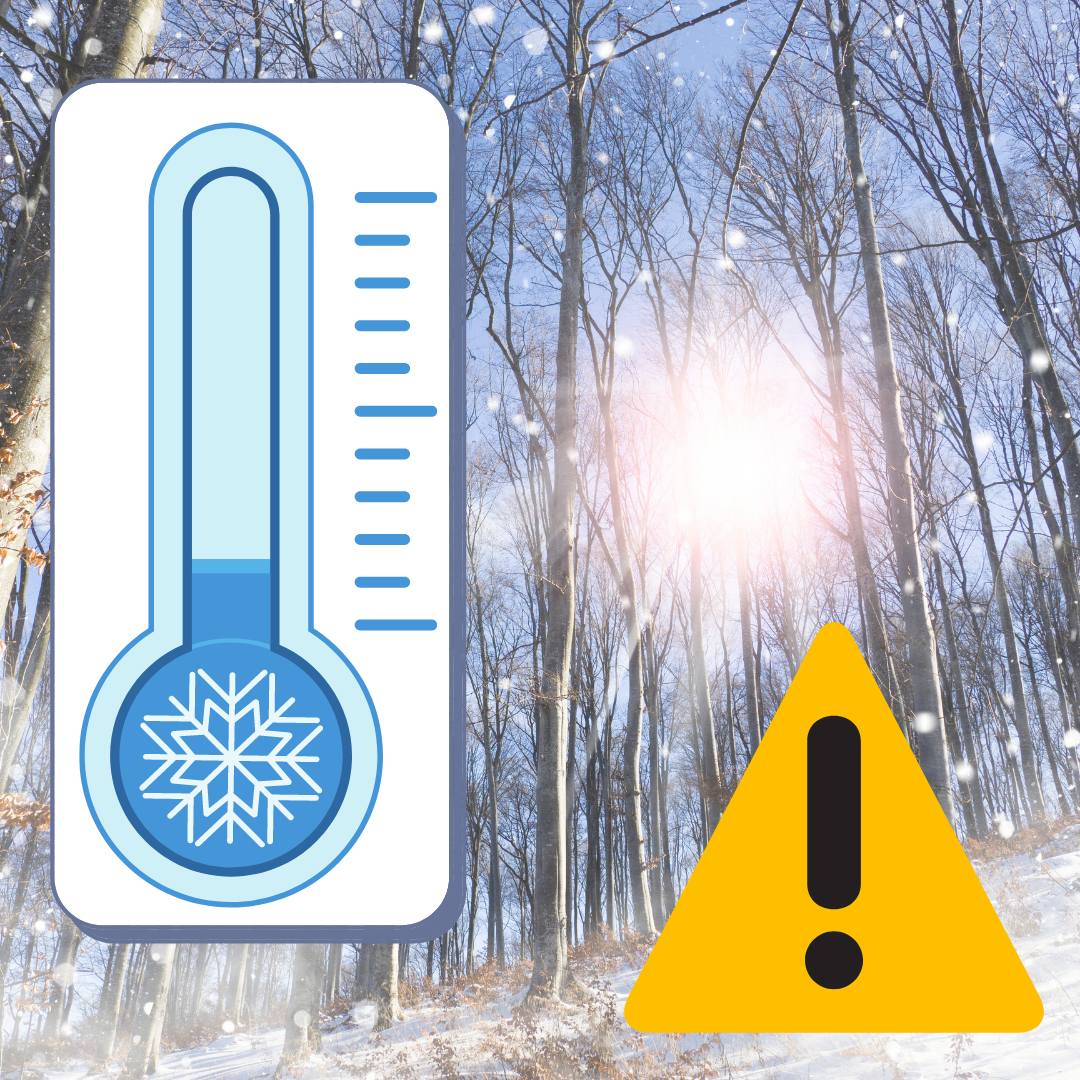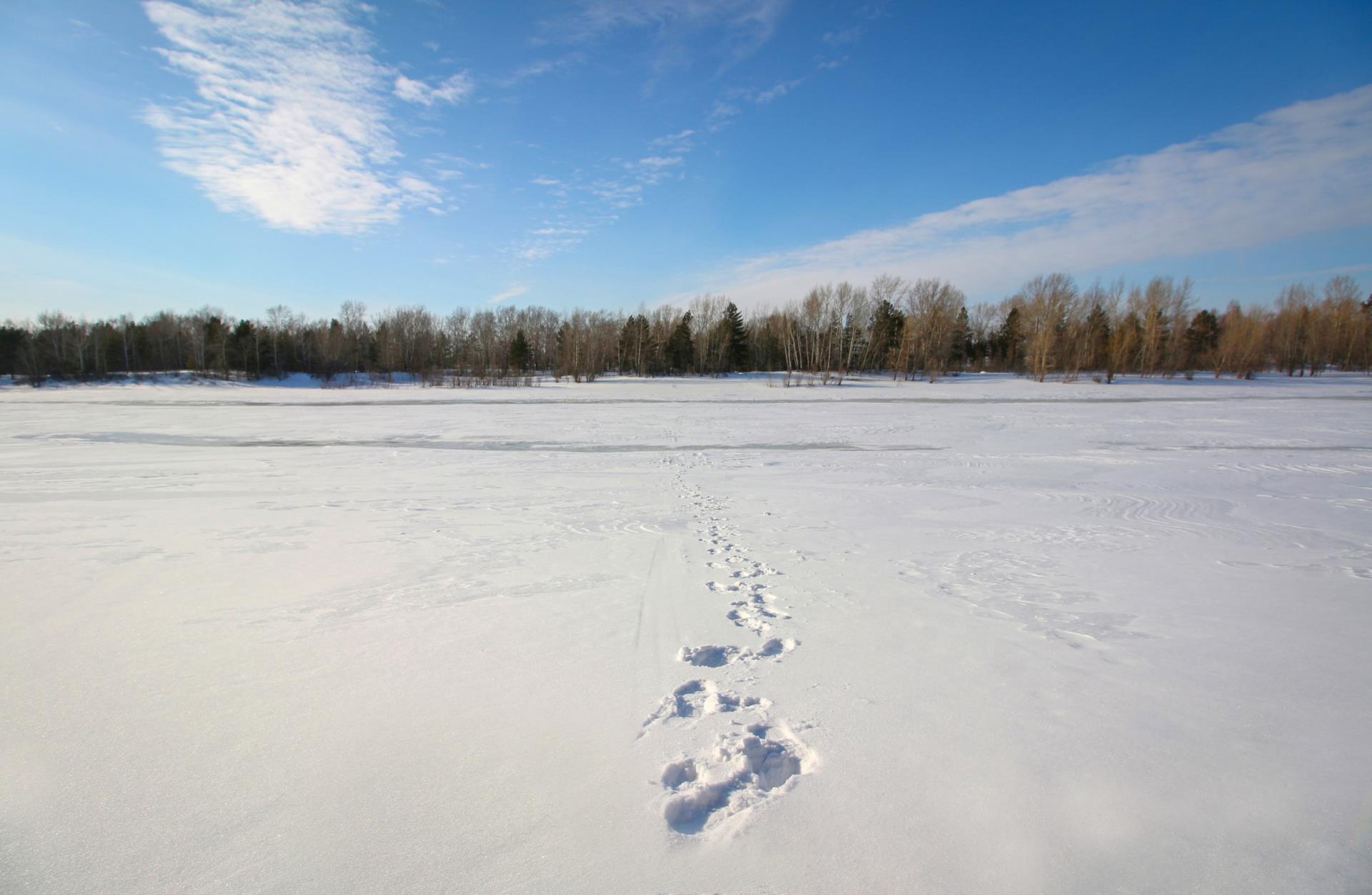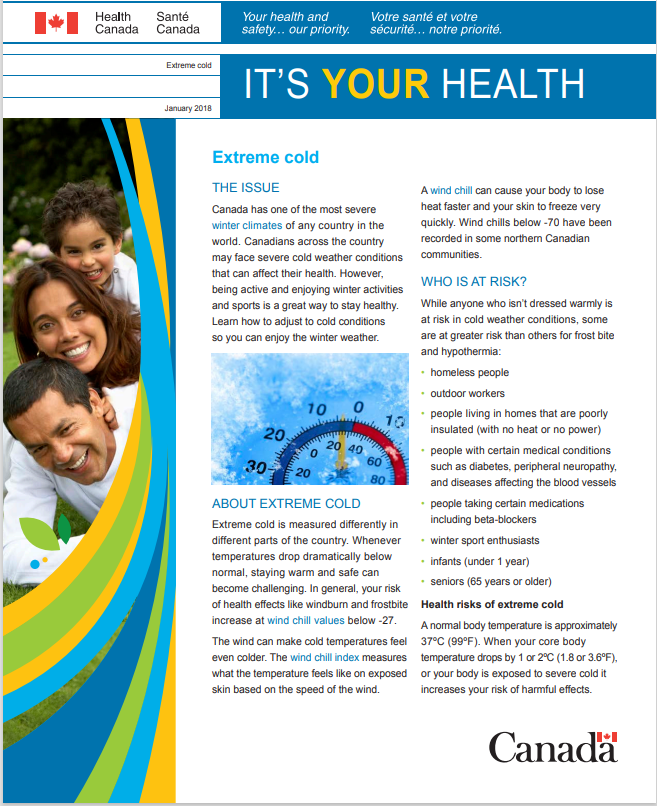Protecting Yourself in Extreme Cold 
Extreme cold events are a potentially significant health risk and everyone is encouraged to take precautions to stay safe. Extreme cold temperatures can particularly impact the health of vulnerable populations including infants, the elderly, people with circulatory problems, and the marginally housed.
In order to protect the health of people in Timiskaming, the Timiskaming Health Unit advises local residents to take the following precautions:
- Check face and extremities frequently for signs of frostbite. Exposed skin can freeze in as little as 10 to 30 minutes.
- Consider re-scheduling outdoor recreational activities, especially during the evening. There is a serious risk of hypothermia and frostbite if outdoors for long periods.
- Use caution when shoveling snow especially for those that have heart, respiratory (breathing) problems or other medical conditions. Snow shoveling is strenuous and can cause an onset of heart or respiratory problems.
- Check on the elderly or people with disabilities living alone.
What clothing should be worn outdoors?
Always wear clothing appropriate for the weather. Synthetic and wool fabrics provide better insulation. Some synthetic fabrics are designed to keep perspiration away from your body which keep you dry and further reduce your risk.
Here are some useful tips:
- Dress in layers with a wind resistant outer layer. You can remove layers if you get too warm (before you start sweating) or add a layer if you get cold.
- Wear warm socks, gloves, a hat and scarf in cold weather. Be sure to cover your nose to protect it.
- If you get wet, change into dry clothing as soon as possible. You lose heat faster when you’re wet.
Cold related illnesses include:
Symptoms/signs of Hypothermia include:
- shivering
- exhaustion
- confusion
- fumbling/ uncoordinated movements
- memory loss
- slurred speech
- drowsiness
Symptoms/signs of Frostbite include:
- white/greyish skin area, skin that feels unusually firm or waxy, or numbness.
- Increases in other health problems can also be seen, especially for those with other chronic medical conditions such as heart conditions.
Resource:
It’s Your Health: Extreme Cold

20220705/cg:nd